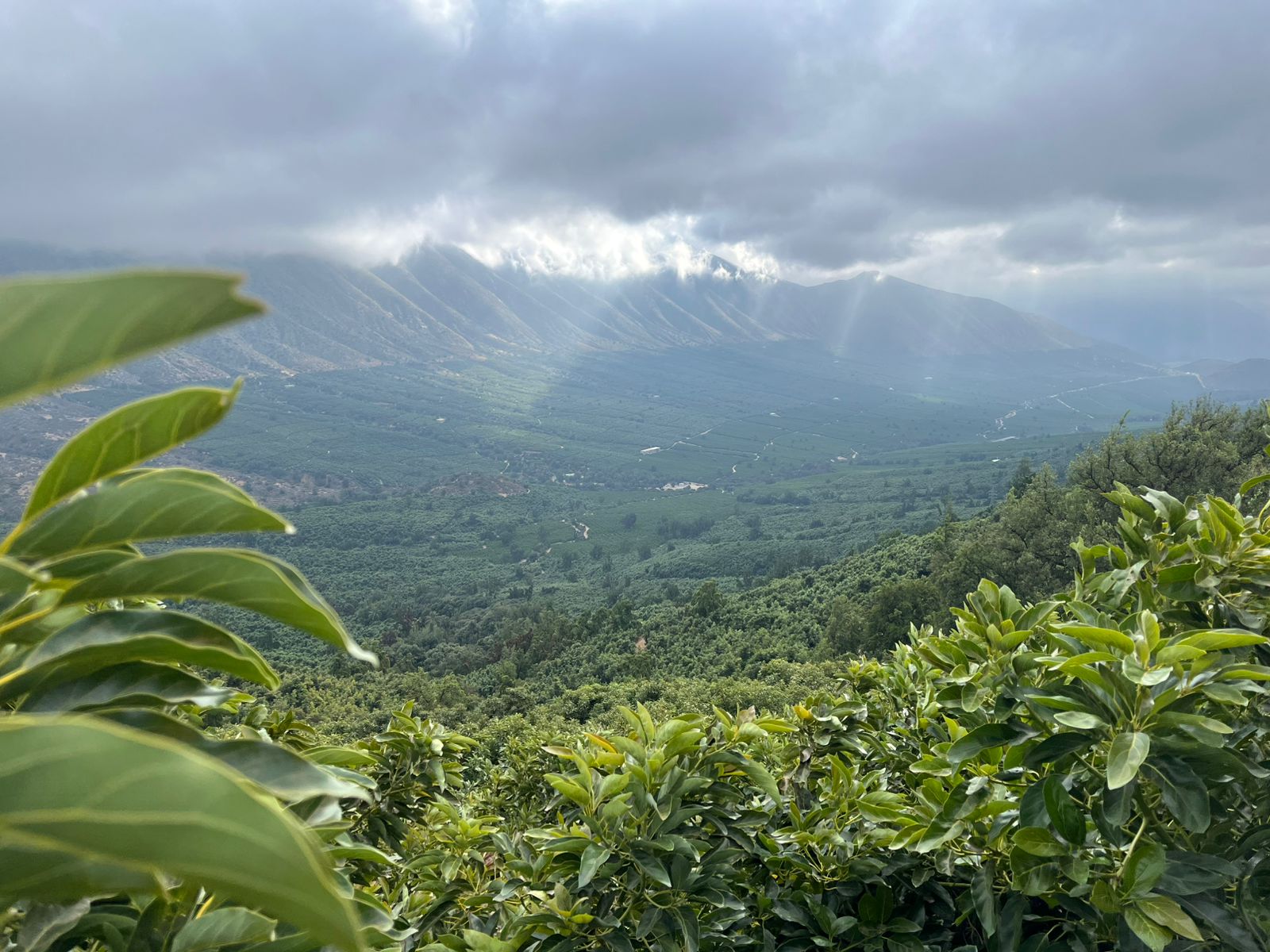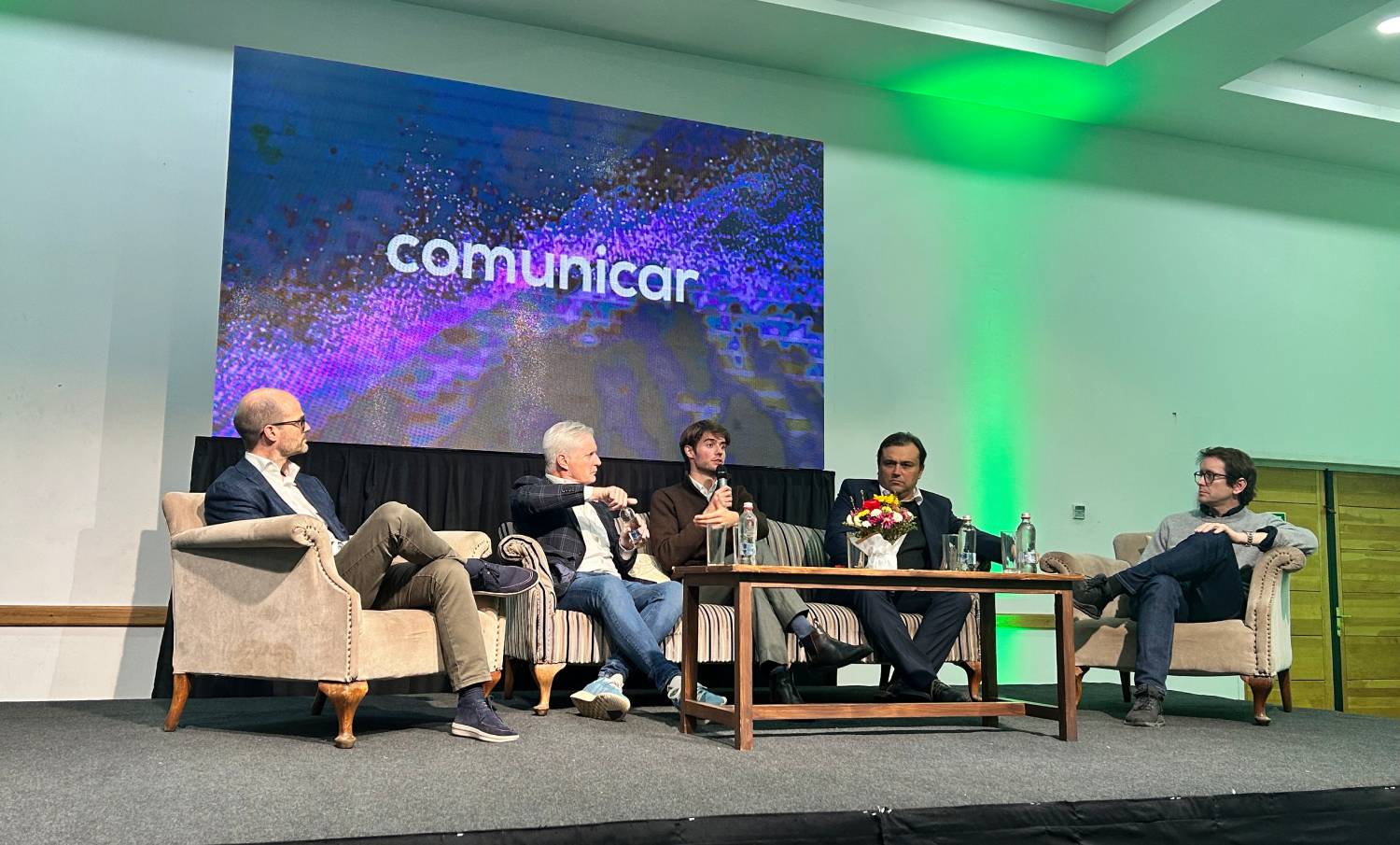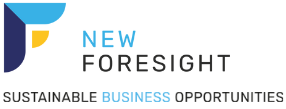
Our approach: From local catchments to global collective action
WAVE has started in Chile and plans to scale the approach across other key origins
1. Connecting local and global
Each WAVE partnership starts from local priorities – producers, water users, and communities – linking them to the markets that depend on them.
By involving traders, exporters, importers, and retailers, we make sustainable water and biodiversity management part of how supply chains do business, ensuring that collective action on water and biodiversity delivers both local impact and global value.

2. Building local ownership
We believe long-term impact requires locally owned structures. For every catchment, WAVE co-develops a governance model and transition strategy that can evolve into a locally-led platform, supported by local institutions and aligned with national water and biodiversity goals.

3. One global platform, many local partnerships
Downstream buyers increasingly recognize their responsibility for water and biodiversity stewardship, but they are stretched thin across many sourcing regions.
To make participation efficient and scalable, WAVE is establishing a global secretariat, a single-entry point through which companies can engage across multiple catchments through a coordinated framework, and access shared data, metrics, and due diligence tools that meet global standards.





